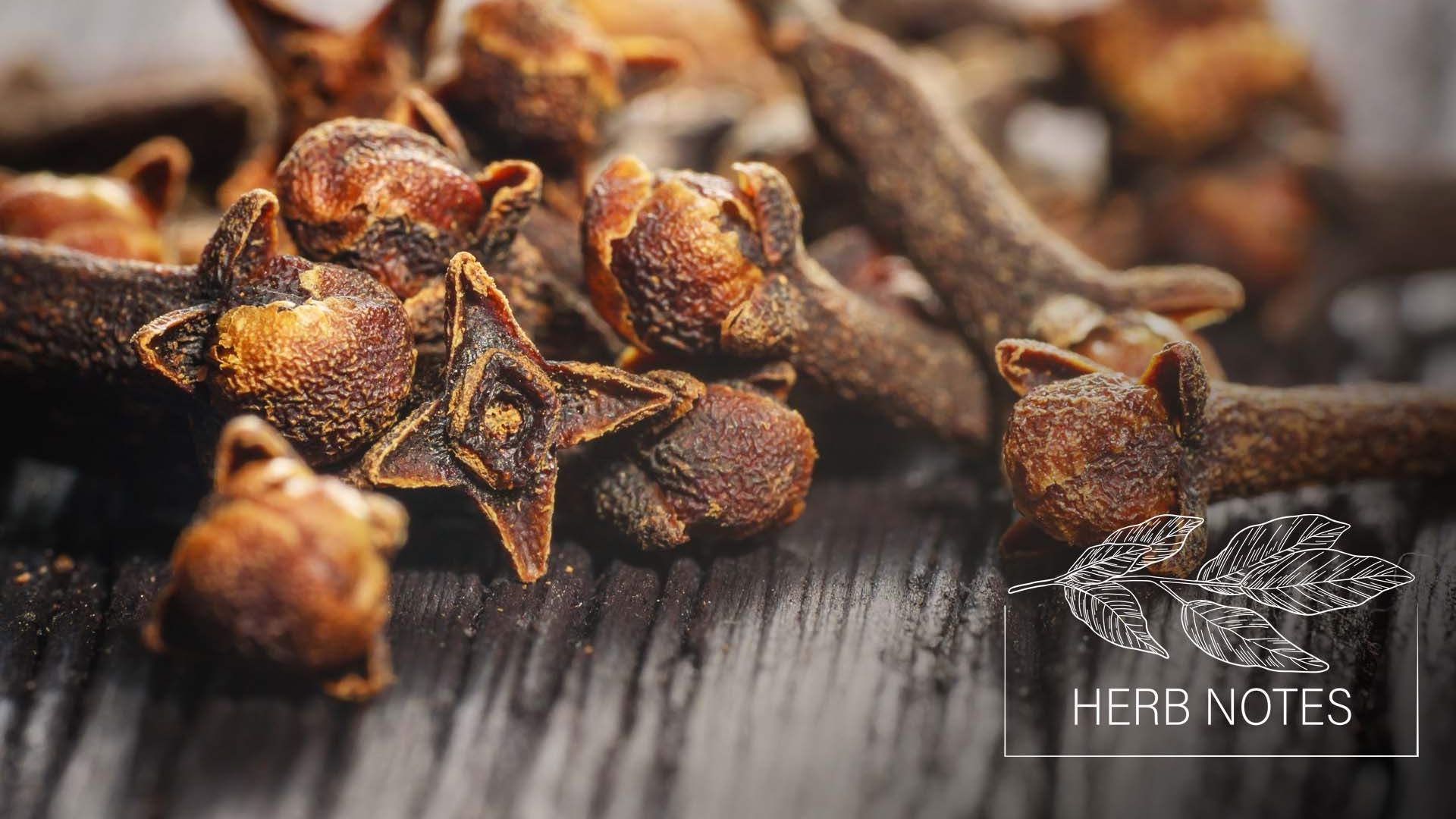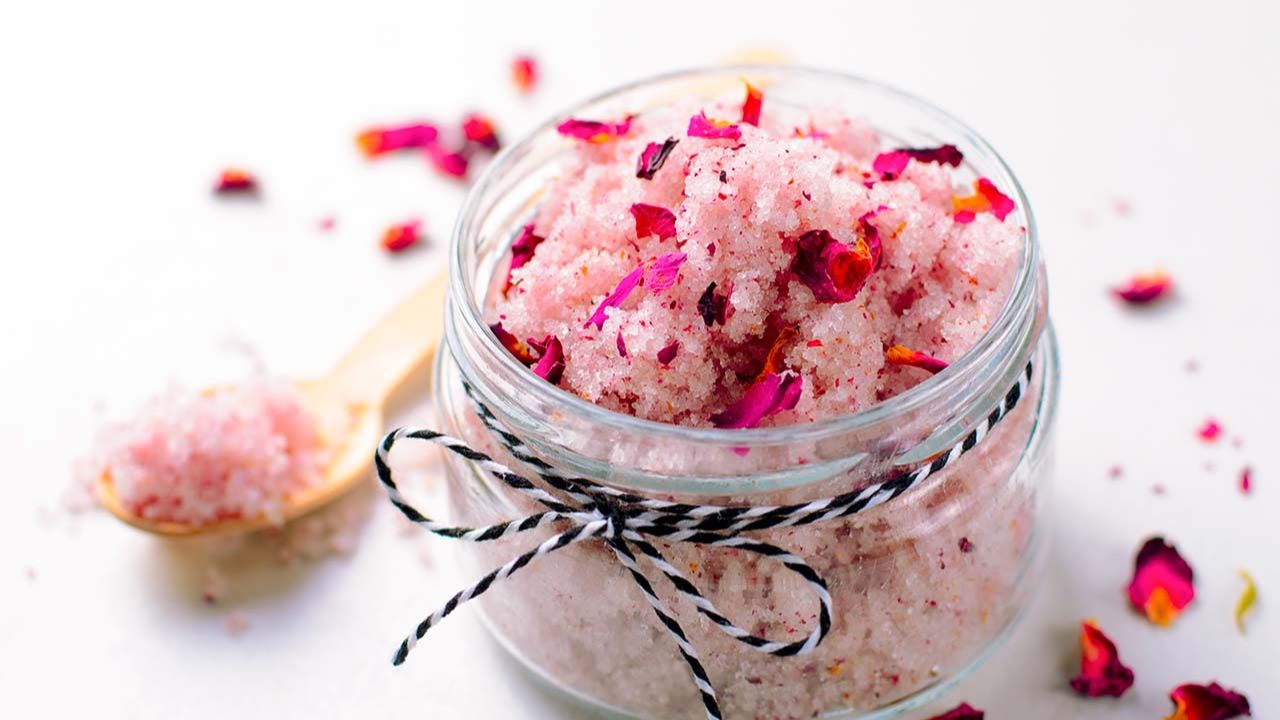
How to Make Rose Water
The first time I made rose water, I was amazed that this simple recipe could yield such an absolutely luxurious product that not only smells amazing but makes my skin feel great too. With only a few ingredients and some time, you too can craft a beautiful rose water that can delight your senses and help support the health of your skin.

Rose Water and the Distillation Method
There are a few different ways to distill rose water. One method involves using a still, which is a fancy (and often costly) piece of equipment that can create a very high quality, often more shelf stable rose water. Stills are commonly used to create essential oils and hard alcohol. I love using a still to create rose water (and other floral waters too!) when I can, but I don't own a still, so it's a treat whenever I can borrow a friend's.
So, how do you make rose water without a still? If you don't have a still, you can easily make rose water at home with a large pot and some ice. In the rose water recipe below, ice helps rose-infused steam cool into condensation, and this condensation is the rose water we'll collect.

How to Make Rose Water
Making rose water at home is a simply wonderful way to capture the delicate scent of roses in a gentle topical remedy. (Need herbs? Visit Mountain Rose Herbs.)
Ingredients you'll need...
- 3 cups dried rose petals (or ~3–4 cups fresh rose petals)
- 6 cups ice
Supplies you'll need...
- 1 pot with lid (~10" width)
- 1 small heat safe bowl
- 1 larger heat safe bowl (must be able to stack on top of the small bowl and it must fit in the pot)
- 1 ladle or large spoon
- 2 oven mitts
Instructions
- If you're using fresh rose petals, remove the petals from the flower centers and stems. The amount of rose petals you'll need varies depending on the size of your pot and bowl.
- Now place your small bowl in the center of your pot. Place your larger bowl on top of the small bowl.
- Add your rose petals to the pot, taking care to not let any roses get in the large bowl. If using fresh rose petals, loosely pack them into the pot so that they reach the height of the small bowl. (The exact amount of fresh petals you'll use depends on the size of your pot and small bowl.) If using dried rose petals, add the 3 cups of dried petals to the bottom of the pot.

- Now add enough water so that the water line reaches the height of the small bowl.
- Place the lid upside down on the pot. Place a few handfuls of ice on top of the lid.

- Immediately put your pot on the stove and use medium heat to bring the water to a simmer.
- Simmer on low for about 20 minutes. As the ice melts on the lid, remove the water with a spoon or large ladle and continuously replace the water with more ice.
- After 20 minutes, turn off the heat, and let your pot sit with the lid on for 5 minutes.
- Remove the lid and use oven mitts to lift the large bowl out of the pot.
- In the large bowl, you'll find your freshly-prepared rose water. Transfer this rose water to a glass jar, and label it with the date and ingredients.
- Store in the fridge for several months.
Yield: ~6 oz
Rose (rosa spp.) Benefits
Rose is a soothing, anti-inflammatory herb, which makes it a wonderful herbal ally for skin care. Rose blossoms are also thought to uplift and gladden the heart, so rose is a wonderful plant to call on in times of grief or when you could just use a little extra boost of joy. I incorporate rose into my daily skin care routine, and I also like to add a pinch of rose petals to my tea blends as well.

What Roses to Use for Rose Water
"Can I use the roses from a bouquet?" is a question people often ask me about making rose water. Unfortunately the answer is usually no; those roses tend to be heavily sprayed with pesticides, so it's best to avoid using them for making rose water.
If I'm working with fresh rose petals, I like to source them from a friend's garden that hasn't been sprayed. Or if I'm opting for dried rose petals, I source them from my local herb shop. You can also order dried rose petals online.
I also prioritize roses with a strong scent because this strong scent lets me know that the roses have a high volatile oil content, and the volatile oils contain many healing constituents. One of my favorite rose cultivars to work with is the Cecil Bruner rose (Rosa cv. 'Cecil Bruner'). Cecil Bruner roses have a beautiful fragrance and they are absolutely dreamy to look at. Another popular option is Damask Rose (Rosa damascena).

How to Use Rose Water
I use rose water as a topical remedy for skin care. Rose water tends to work well with sensitive skin, and I like to include it as a facial toner in my daily skin care routine. As a soothing, anti-inflammatory, this floral water also can help support itchy, dry, red skin irritations like mild sun burn, burns, bug bites, and eczema. I like to put my homemade rose water in a small spray bottle so that I can easily apply it to my skin. I also like to add rose water to a variety of homemade beauty recipes, including face masks and skin creams for dry skin. You can also work with rose water as a scented room mist to bring the scent of these beautiful flowers into your home.
Storing Rose Water
Store your rose water in the fridge. I place some of my rose water in a 1 oz spray bottle for application, and I store the rest in a glass jar. Your rose water should last for several months in the fridge. Use your senses — smell and sight— to determine whether it's still fresh. If it smells off or if you see mold start to grow, then it's time to discard your rose water.

Is Rose Water a Hydrosol?
Yes, this type of rose water that I'm showing you how to make is a hyrdosol. Hydrosols are a mostly water-based product of distillation. You might also hear rose water referred to as a "floral water." Some folks also like to make a different version of rose water by simply creating a rose petal tea. This rose infusion can make for a wonderful skin care product, but it is only shelf stable for a few days in the fridge and has a different chemical makeup than a hydrosol.











